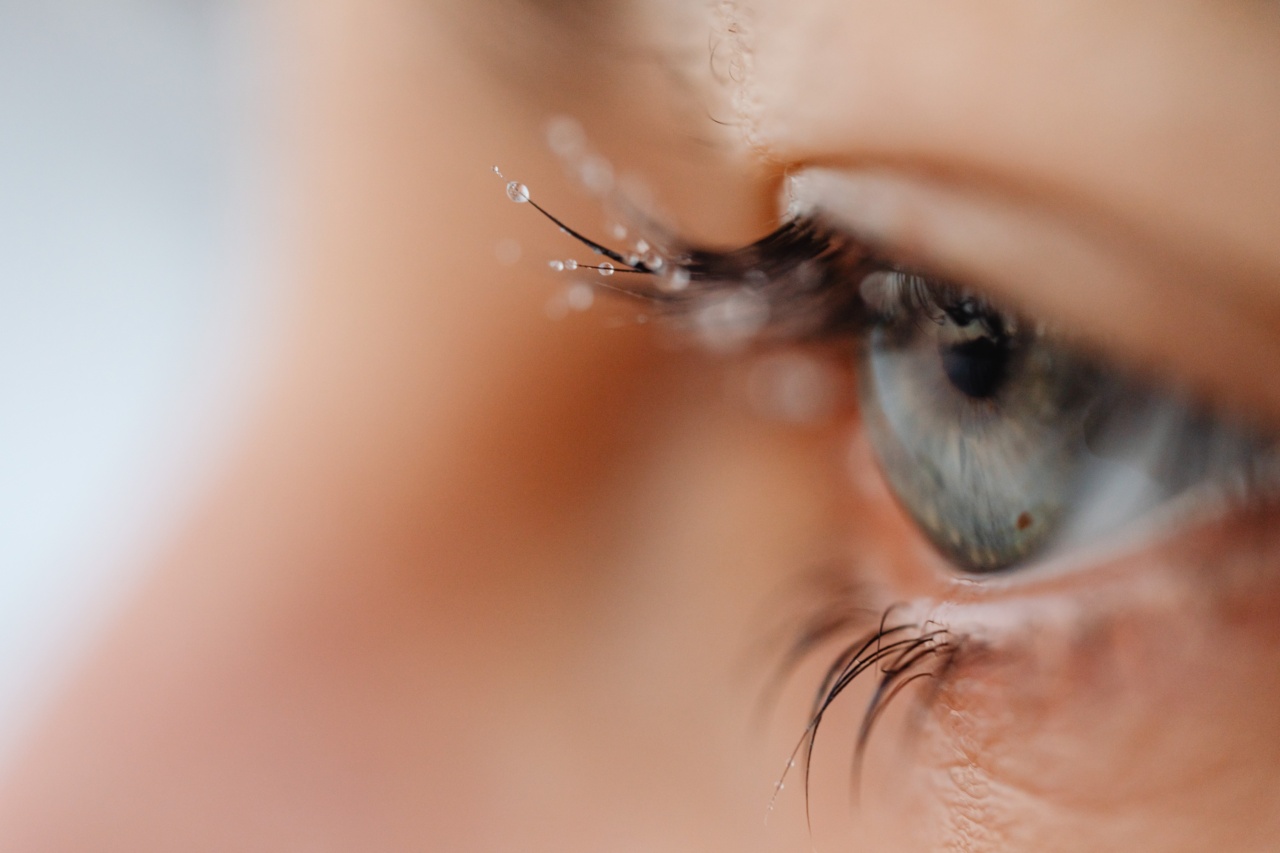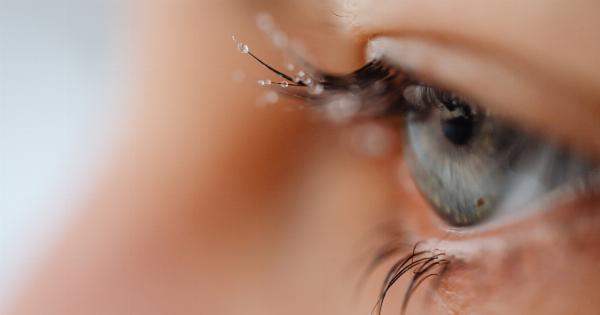Eye drops are a common and effective way to alleviate various eye-related problems, such as dryness, redness, itching, and allergies. However, to reap the maximum benefits from your eye drops, it’s crucial to understand how to use them properly.
In this comprehensive guide, we will provide you with valuable information and tips on getting the most out of your eye drops.
1. Consult an Eye Care Professional
Prior to using any eye drops, it is always recommended to consult with an eye care professional. They will be able to diagnose and identify the specific issue affecting your eyes and prescribe the most suitable eye drops for your condition.
2. Understand the Purpose of Your Eye Drops
There are various types of eye drops available, each designed to address specific eye problems. It is essential to understand the purpose of the eye drops you are using to ensure proper application and maximum effectiveness.
Some common types of eye drops include:.
3. Read the Instructions
Before using any eye drops, carefully read and follow the instructions provided on the packaging. These instructions will outline how many drops to administer, how frequently they can be used, and any precautions or contraindications to keep in mind.
4. Wash Your Hands
Always wash your hands thoroughly with soap and water before applying eye drops. This step helps minimize the risk of introducing bacteria or other contaminants into your eyes, which could potentially worsen your condition.
5. Remove Contact Lenses
If you wear contact lenses, it is important to remove them before applying eye drops. Contacts can absorb the medication, preventing it from being fully absorbed by your eyes.
Additionally, some eye drops are not compatible with contact lenses and can cause damage or discomfort if applied while wearing them.
6. Tilt Your Head Back and Pull Down the Lower Eyelid
To apply eye drops accurately, tilt your head back and gently pull down your lower eyelid with your index finger. This creates a small pocket where the eye drop can be placed without touching the eye directly.
7. Administer the Drops Properly
Hold the eye drop bottle close to your eye but not touching it and squeeze the appropriate number of drops into the lower eyelid pocket you created.
Avoid blinking too vigorously immediately after application to allow the eye drops to spread evenly across the surface of the eye.
8. Observe Proper Hygiene
Ensure the tip of the eye drop bottle does not come into contact with any surface, including your eye, eyelashes, or fingers. Touching the tip can contaminate the solution, increasing the risk of eye infections.
9. Close Your Eyes Gently After Application
To allow the eye drops to work effectively, close your eyes gently after administering the drops. This can help distribute the medication evenly and prevent it from draining out of the eyes too quickly.
10. Follow the Recommended Usage Schedule
Depending on the type of eye drops prescribed, they may be recommended for use multiple times a day or only when needed. Adhere to the recommended usage schedule provided by your eye care professional to achieve optimal results.
Using eye drops more frequently than recommended can cause adverse effects, while using them less often may not provide adequate relief.
Conclusion
Eye drops are an excellent solution for addressing various eye-related issues.
By consulting with an eye care professional, understanding the purpose of your eye drops, following instructions, maintaining proper hygiene, and implementing these tips, you can ensure that you are getting the most out of your eye drops. Remember, proper usage and adherence to the recommended schedule are key to achieving effective results and maintaining optimal eye health.





























